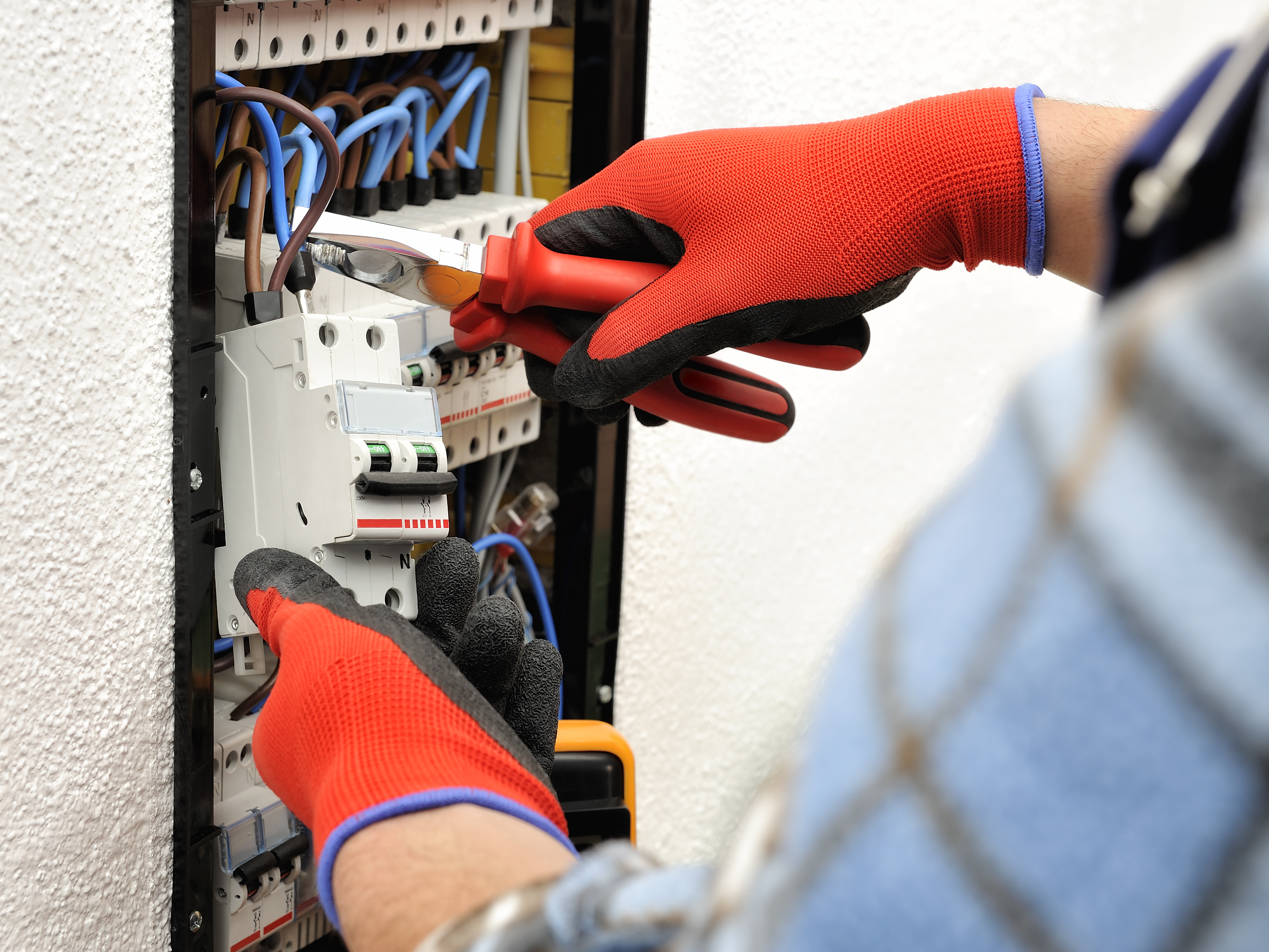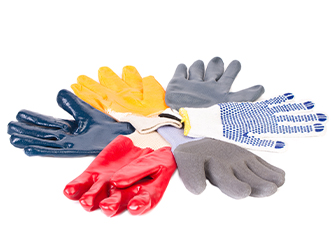What are coated gloves?
A coated glove is a type of glove that has a protective coating added to the surface of the basic glove material. These gloves are typically made by impregnating a woven or textile fabric lining with a compound that combines the benefits of the corresponding material to enhance the protective properties of the glove itself.
Coatings on gloves can provide additional performance properties such as water, oil, abrasion, and chemical resistance. These additional properties enable gloves to be adapted to situations where extra protection and durability are required. They are widely used in construction, industry, agriculture, warehousing and logistics, machining and other industries.
Advantages of coatings
● Enhanced Protection: Almost all coatings are designed to enhance the protective properties of gloves. By adding coatings with specific properties, gloves can be effectively kept below a wide range of external elements such as water, oil and chemicals.
● Improved durability: Coated gloves are often made from materials that have good abrasion resistance and can handle a wide range of physical wear and tear, extending the life of the glove and thus reducing the frequency and cost of replacement.
● Improved Grip: Many coatings such as nitrile provide excellent slip resistance for gloves, making them better suited for tasks that require delicate handling.
● Improved Comfort and dexterity: Coatings such as latex are flexible and comfortable, allowing users not only to be more productive, but also to wear them for long periods of time without discomfort.
● Expanded application areas: different types of coated gloves can meet the needs of different working environments, coated gloves have been used in construction, chemical industry, logistics and many other fields.

Types of coatings
The types of coated gloves are mainly determined by the material used to coat them. Different coating materials have different characteristics to meet the needs of various work environments. The following are common types of coatings.
Latex Coating
● Good elasticity, high tactile sensitivity, good grip and abrasion resistance.
● Weak resistance to oils and chemicals, latex may cause allergies.
● Suitable for applications requiring fine handling, such as construction and assembly work.
Nitrile Coating
● Strong resistance to oil and abrasion, superior resistance to chemicals, less likely to cause allergies.
● Slightly harder than latex gloves, less comfortable.
● Commonly used in petrochemical, automobile maintenance and other work environments that require contact with oil-based substances, ideal for many industrial operations.
Polyurethane (PU) Coating
● Non-slip, high comfort, breathable and soft, provides good touch and flexibility.
● Relatively low abrasion and oil resistance, suitable for dry environments.
● Suitable for operations requiring higher precision and for use in light industrial or low-risk environments, such as electronic assembly, fine machining, etc.
PVC Coating
● Good abrasion resistance, chemical resistance, good barrier to liquids.
● Not flexible enough, less breathable, slightly less comfortable.
● Commonly used in agriculture, cleaning industry and chemical industry, not suitable for occasions that require delicate operation.
Neoprene Coating
● Resistant to chemicals and temperature, suitable for special industrial environments.
● Relatively expensive, less comfortable and flexible than other coatings.
● Suitable for high-risk situations where there is little need for operational flexibility, e.g. in the chemical industry.
Coating form
The design of coated gloves is not limited to the choice of material. The coverage and thickness of different coatings have a significant impact on the functionality of the gloves.

Dot bead
Dot bead gloves refer to small particles or protrusions covering the surface of the palm, fingers or other parts of the glove by means of a dot or bead coating process. These particles are typically made of rubber, polyvinyl chloride (PVC), silicone or other high-friction materials designed to enhance the glove's slip resistance and grip The dot bead coating increases the slip resistance of the glove while maintaining a high level of breathability and dexterity compared to traditional full coatings.. However, since the dot bead coating only covers a localized area, it does not provide as much protection and grip as a fully coated glove. These gloves are widely used in work scenarios where enhanced grip is required along with breathability and dexterity, such as logistics and handling, electronics assembly industry, and construction industry.
Semi-coated
Semi-coated gloves, which means that only the finger or palm portion is coated, while the back portion of the hand remains breathable. This design provides good breathability while maintaining a good grip, making it suitable for long periods of wear. However, some areas of semi-coated gloves lack coating protection against penetration of liquids and oils.
Fully Coated
Fully coated gloves are gloves that have a coating material applied to the entire surface of the glove, including the palm, back of the hand and fingertips. Fully coated gloves provide better overall protection and are often used in situations where a higher level of protection is required, such as chemical production, construction work, and heavy machinery operation. This coating design is suitable for work environments that require exposure to chemicals, grease, liquids and even extreme temperatures. However, the fully coated design limits the breathability of the glove and may cause hand stuffiness and discomfort during prolonged use.
3/4 Coated
3/4 coated gloves, on the other hand, have the palm and most of the back of the hand covered with a coating, but the wrist portion remains uncoated. This design provides a high level of protection while maintaining a degree of dexterity and breathability, making it ideal for work environments that require frequent movement and gripping, but have moderate protection needs.
The diversity of coating materials and forms allows more possibilities for labor protection gloves, providing efficient and reliable protection solutions for different occupations and work types. When choosing coated gloves, it is important to combine the type of coating with the coating form, taking into account the risk factors of the working environment, personal comfort and dexterity to ensure that the gloves provide adequate protection.
KINGFA offers a wide range of high-quality coated gloves, don’t hesitate to contact us to find the best partner for your hands.




